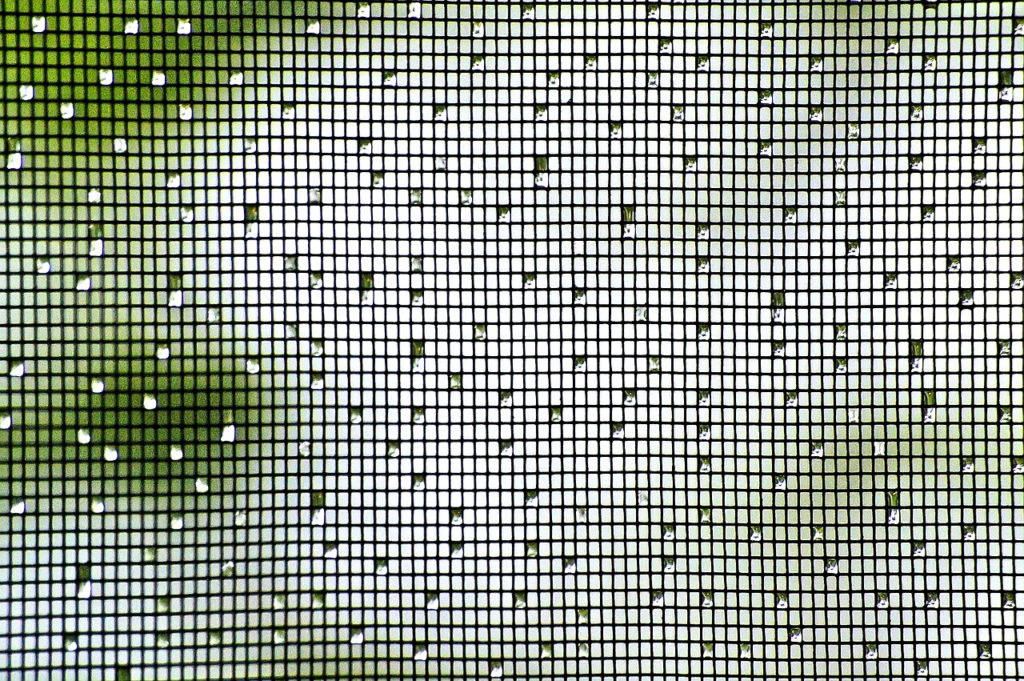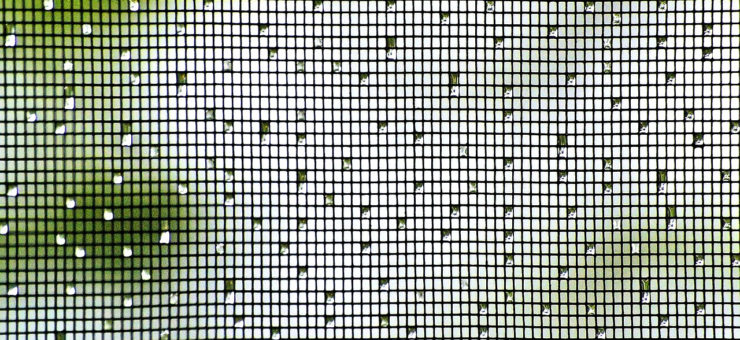Superficial attraction: better membranes through surface science
6 March 2024

The importance of understanding surface properties
Water is a multifaceted actor in our lives, being variously an ingredient in food, a domestic service, a carrier for medical formulations, and a working fluid in industry. In any of these applications the water must first be treated, commonly by using membranes to filter out unwanted components. It seems inevitable that by the nature of its function, such a membrane will become clogged with contaminants, and consequently hinder flow and no longer act as an effective filter. After all, it seems unreasonable to expect a membrane to remove waste and yet remain clean. However, given that every fouled membrane can imply a health risk, an interruption in service, and added costs, it is worth asking: can engineering predict, minimize, or even eliminate fouling entirely?
Surface properties in device design
It is easily imagined that a membrane with smaller pores will clog more readily. However, surface properties—such as hydrophobicity—can be just as important in determining fouling resistance. A membrane that is too hydrophobic can fail to wet thoroughly, trapping pockets of air that obstruct flow and prevent the membrane from properly adsorbing contaminants. Conversely, this effect can be exploited to one’s advantage: hydrophobicity can be imposed by design, for example to achieve a range of permeabilities for membranes with the same pore size. The hydrophobicity can be changed by material selection, surface coating, or even a simple change in texture, a phenomenon exploited naturally by lotus leaves and certain insects. Further, one can achieve more specific surface interactions than simple hydrophobicity, such as making a membrane adhesive to some biochemical functional groups but not to others.
At Springboard, we are experienced in applying physical understanding to membrane engineering in a range of industries. We have helped manufacturers quickly resolve problems related to membrane fouling, and helped them eliminate the causes of batch-to-batch variability that led to unreliable membrane performance. If you would like to talk about how our scientific and engineering expertise could help you develop robust solutions that can be manufactured at scale, please get in touch.
— Gabriel Villar

